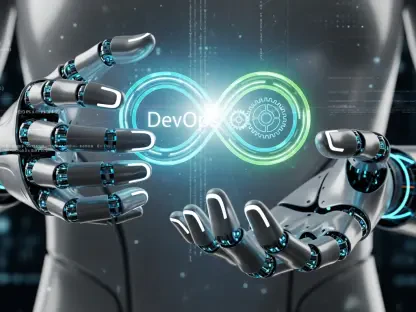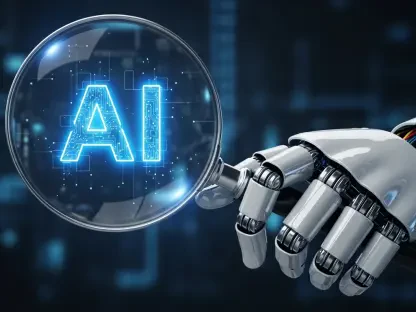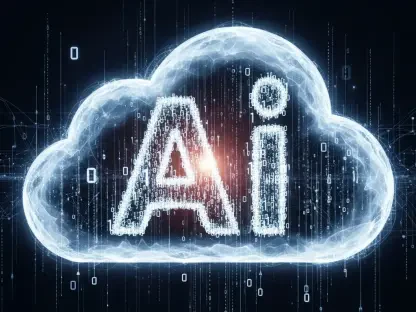Listen to the Article
Living in the digital age means constantly adapting to change, and the software development industry is no exception. New needs and expectations drive innovation and constantly fuel software evolution. Things like AI, edge computing, and quantum computing are now changing how software is made, put out, and maintained. If businesses fail to keep up with these changes, they might fall behind in a world that’s becoming ever more digital. Both developers and companies need to always be on the lookout for new ways and strategies to stay on top.
During the first part of the year, it may be more important than ever to watch the latest trends that will alter the software industry as we know it in 2025. From new tools for developers to sustainable AI technologies, these new trends could reshape the industry for years to come.
This is precisely why understanding and employing these new technologies in due time is so important. There are at least seven software development trends that will drive change in 2025 and beyond, helping developers everywhere reimagine and better their work. Let’s take a look at what they are.
Ai-powered Tools Help Coders and Software Companies
Artificial Intelligence, or AI, is already revolutionizing software development. Automated coding, improved software testing, and better decision-making processes are now available. AI-driven development tools like GitHub Copilot and Tabnine assist developers by suggesting pieces of code, reducing their work time, and ultimately increasing productivity. AI is also being added to DevOps pipelines to improve deployment, track performance, and predict potential bugs before they appear.
To sum up, AI-powered tools come with some important benefits like improved software development by using AI-powered coding, improved software quality with AI-powered testing, and enhanced user experience with AI-powered analytics. According to BairesDev Business Development Manager James Miller, as this technology evolves, “it will align even more closely with cloud services and infrastructure, offering real-time processing and delivering smarter, scalable digital solutions across industries, in line with emerging software development trends.”
Edge Computing Makes Processing Faster
With the proliferation of IoT devices and real-time processing becoming a must, edge computing as a trend is also starting to gain ground. Compared to cloud computing, where information is routed to centralized data centers for processing, edge computing carries out processing closer to the data source, reducing latency and bandwidth consumption. It may be important to note that edge computing is especially important when it comes to new industrial applications like autonomous vehicles – where faster decision-making software is always needed. In fact, autonomous vehicles and machines, smart robots, and unmanned drones all rely on this technology.
The Rise of Low-code and No-code Tools
Low-code and no-code tools are making it easy for new coders to make apps, even if they actually know little about coding at the moment. These tools can help junior developers by providing them with easy drag-and-drop options, ready-made layouts, and automated tools that do most work on their own. This way, companies can speed up their move to the digital and help junior coders evolve on the job.
Small, medium-sized, and large companies alike are now using low-code and no-code tools to develop new software, test it, and launch new apps. These tools can also help tech teams collaborate better with other departments, making app development smoother. For companies that hope to remain fast and adaptable, using low-code and no-code tools can prove to be a smart move.
A Preference for Python and Javascript
Python and JavaScript are now the preferred programming languages among coders, each with key but different roles. As more and more businesses go digital, the need for strong AI tools, natural language processing, and better web apps is increasing. Python is great for AI, data science, and automating different processes, while JavaScript is key for web development. According to James Miller, “Python’s dominance will only increase, particularly in fields that demand rapid prototyping and data-intensive workflows, reflecting ongoing software development trends.”
On the other hand, with microservices and real-time apps gaining mainstream traction, JavaScript’s versatility assures its place in the software world.
Quantum Computing Breakthroughs
The digital age has seen quantum computing transitioning from research theory into a practical technology. Microsoft, IBM, and Google are just some of the companies at the forefront of making quantum computing a reality. In the future, quantum technology could be used to solve difficult computational problems in fields like cryptography, material simulation, and optimization. According to Hartmut Neven, Vice President of Engineering at Google, commercial apps employing quantum computing will become a reality in the next five years.
Integrating Cybersecurity Into Software Development
High-stakes sophisticated cyber threats are now a reality, so security integration in the software development life cycle has never been more vital. DevSecOps or Development, Security, and Operations is transforming the way companies around the world approach security by embedding it at all stages of the development lifecycle, as opposed to an after-the-fact activity. By adopting DevSecOps, organizations can secure their applications from numerous vulnerabilities, reducing the likelihood of data breaches and system compromises.
DevSecOps tools are complex, and they involve unified security, automation, AI-powered technologies, and an integrated work process that promotes teamwork. This is because AI-based cybersecurity solutions can actually help in identifying and reacting to threats in real time, reducing the burden on security teams. Automated scanning of security with CI/CD pipelines is also becoming essential, allowing companies to identify and stop security risks before deployment. With cyberattacks permanently evolving, DevSecOps is also becoming more and more important.
A Shift to Sustainable Ai Technologies
There is no question that AI-powered technologies are extremely important in software development. According to the World Economic Forum, however, more sustainable AI technologies are now needed in order to ensure success. “In the interests of our world and future generations, it’s time to prioritize efficiency and ingenuity over the brute force scaling of today’s models. This is the only way to unlock the true potential of AI while ensuring this technology benefits all of humanity,” Waabi CEO Raquel Urtasun says. A shift to sustainable AI technologies would undoubtedly lower its cost on the climate, and promote an equitable future for all.
Looking Ahead
These new trends in software development will undoubtedly change the field, boosting fresh ideas and efficiency. For coders, software development companies, and those with a passion for technology, these trends will prove particularly useful, helping them evolve with the times. With approaches like AI support, edge computing, and DevSecOps, software creation will soon take an exciting turn.









